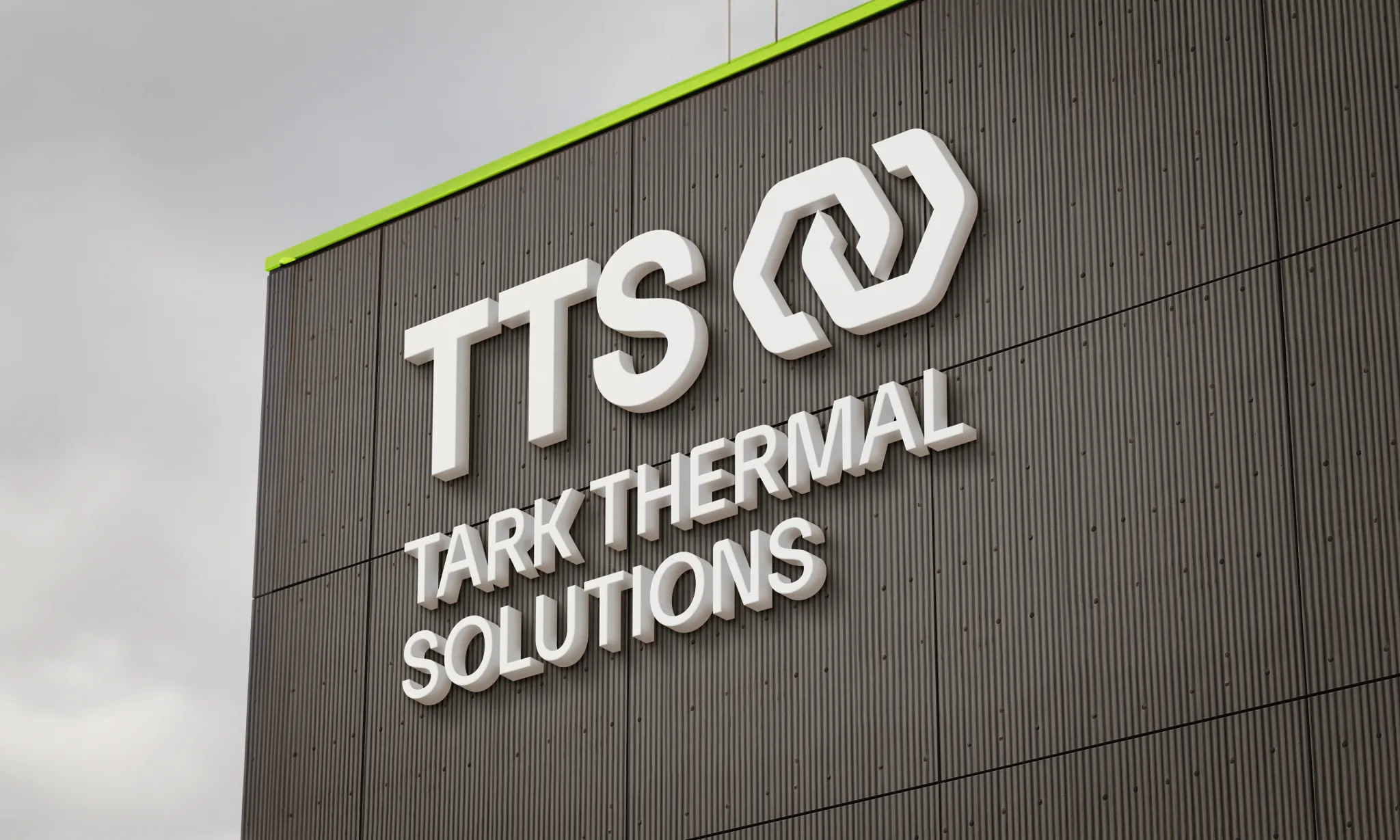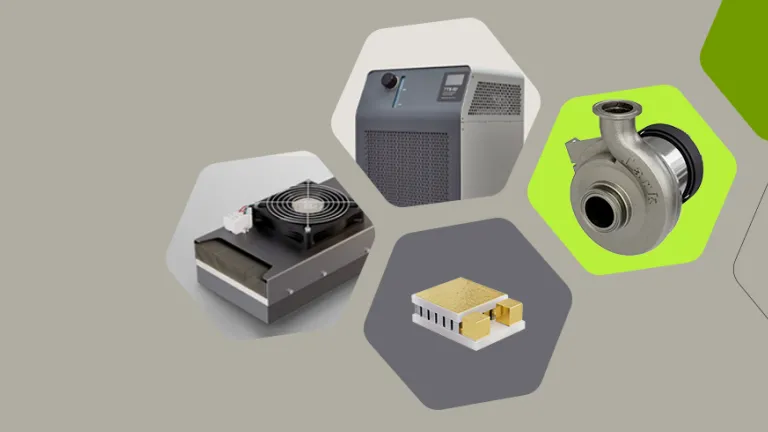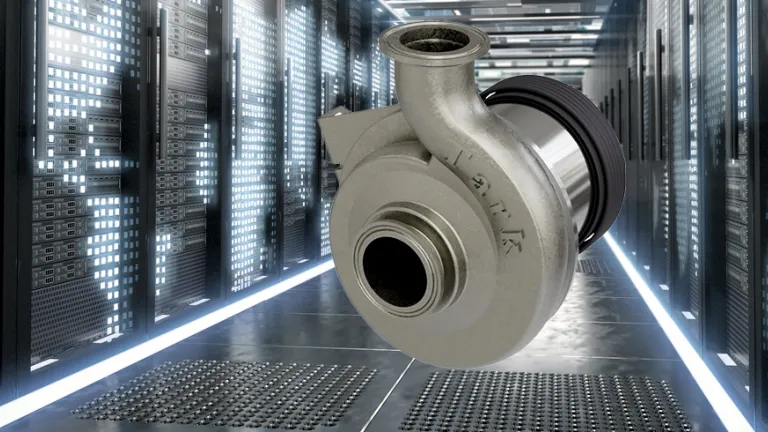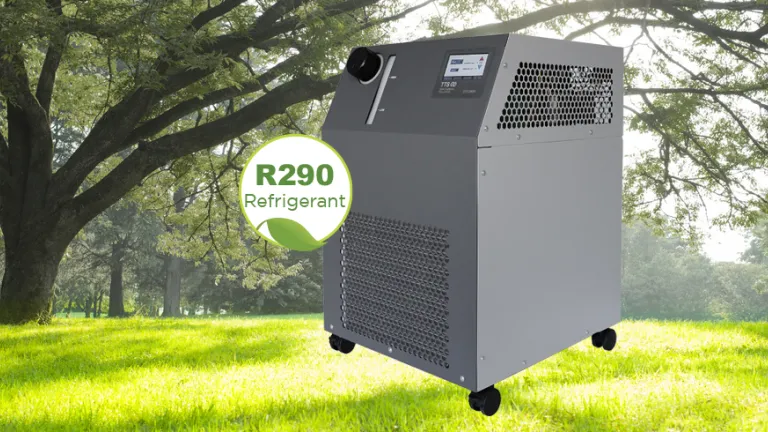Neuer Name und neue Horizonte
Tark Thermal Solutions (ehemals Laird Thermal Systems) bleibt seinem Unternehmensziel treu: Fortschrittliche Technologie für eine geschützte und vernetzte Zukunft. Im Mittelpunkt von Tark Thermal Solutions stehen Werte wie Transparenz, Synergie, Ehrgeiz und Anpassungsfähigkeit. Diese Grundsätze prägen sowohl die interne Kultur als auch die externen Beziehungen zu Kunden, Partnern und Gemeinden.
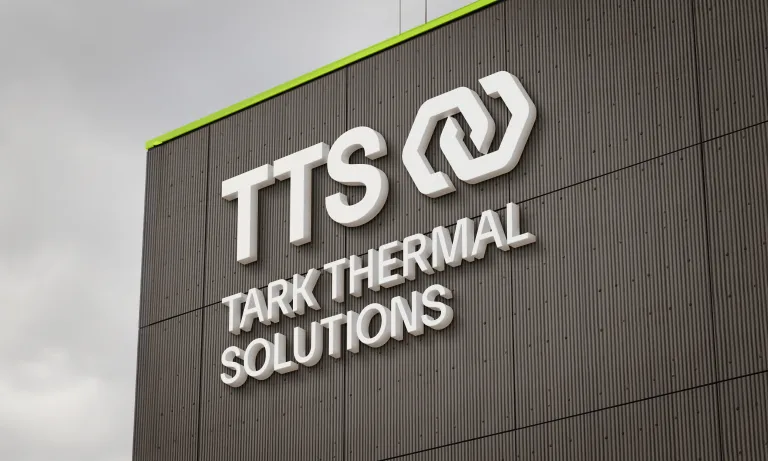
Unser Produktportfolio
Tark Thermal Solutions entwickelt und fertigt die umfassendste Familie von Wärmemanagementprodukten und kundenspezifischen Lösungen, einschließlich thermoelektrischer Kühler und Baugruppen, Temperaturregler, Spezialpumpen und Flüssigkeitskühlsysteme.
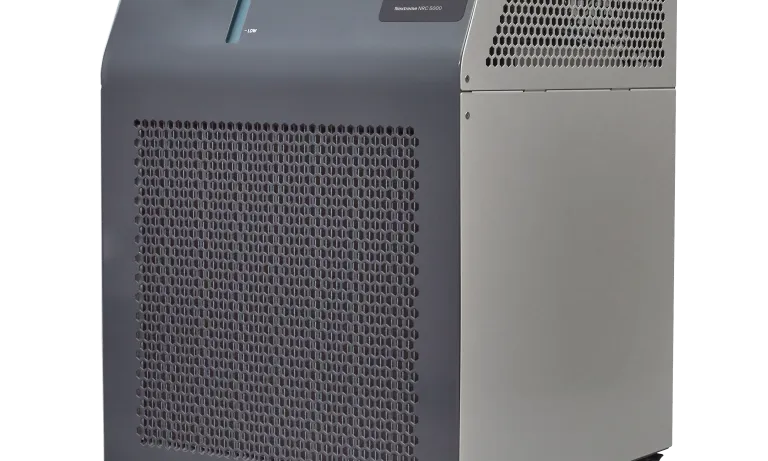
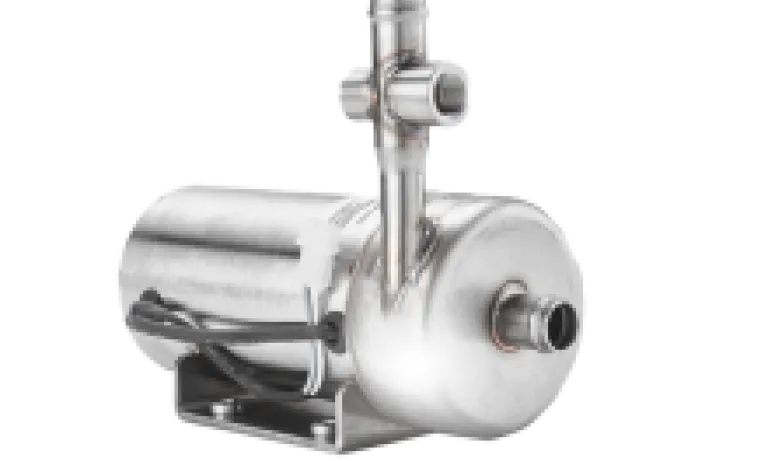
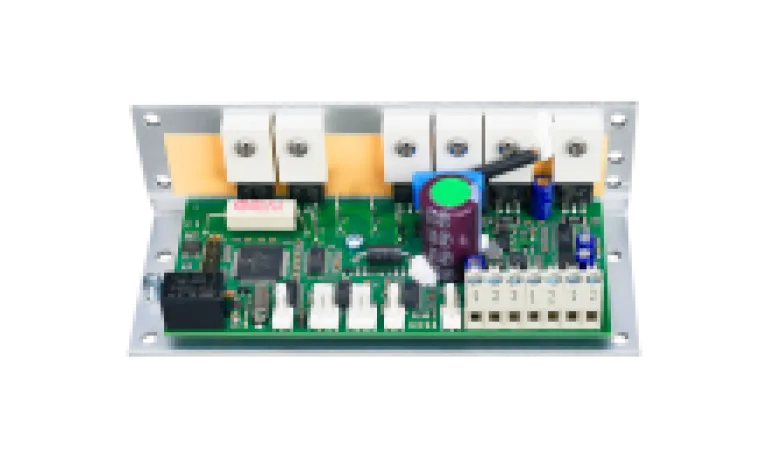
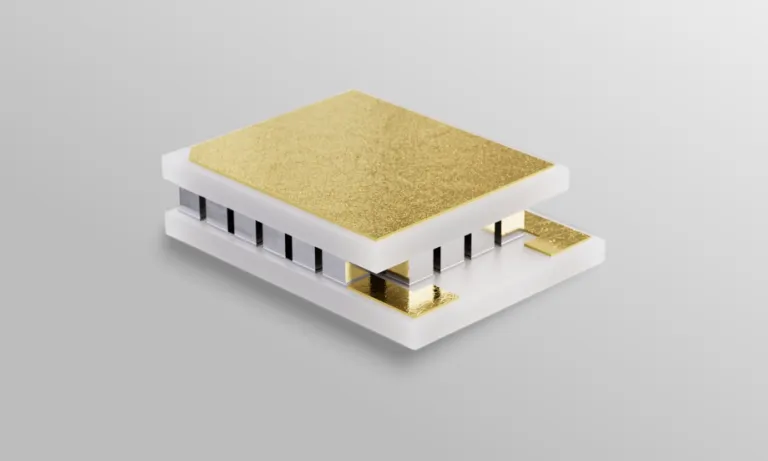
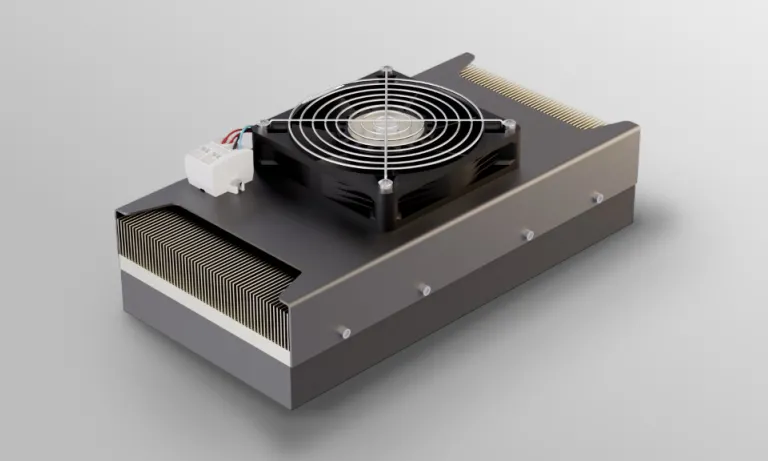
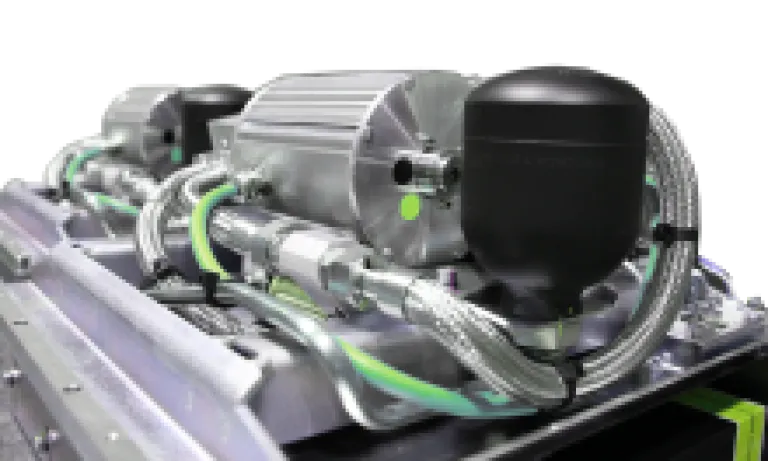
Verfügbare Lagerbestände bei Handelspartnern prüfen
Suchen Sie nach Produkten, die bei unseren autorisierten Distributoren verfügbar sind und für die Lagerbestände gemeldet werden. Sie können entweder die Herstellungs-Teilenummer oder eine Teilebeschreibung verwenden.
Wählen Sie das gewünschte Teil aus der Dropdown-Liste aus, um die verfügbaren Bestände bei unseren Distributoren anzuzeigen. Klicken Sie auf Jetzt kaufen, um das Teil auf der Website des autorisierten Distributors zu prüfen und zu erwerben.
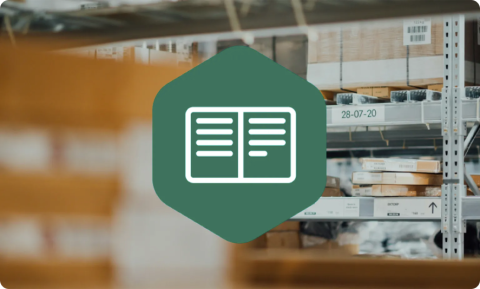
Unsere Märkte und Anwendungen
Tark Thermal Solutions entwickelt und fertigt standardmäßige und kundenspezifische thermoelektrische Kühler und Baugruppen, Temperaturregler, Spezialpumpen und Flüssigkeitskühlsysteme für die Bereiche Medizin, Analytik, Industrie, Transport, Rechenzentren und Telekommunikation.
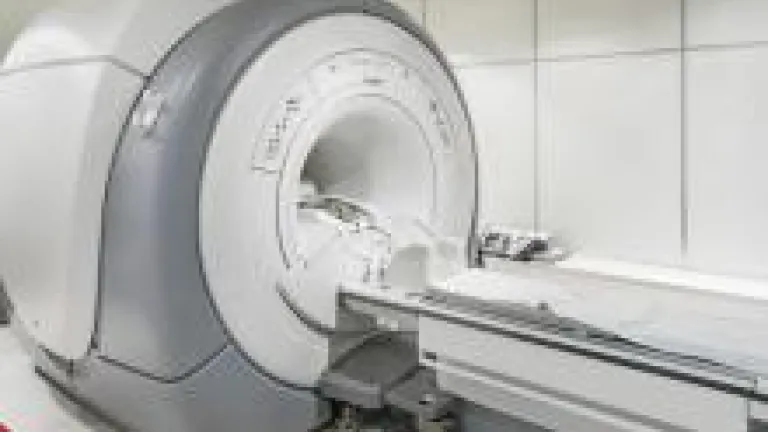
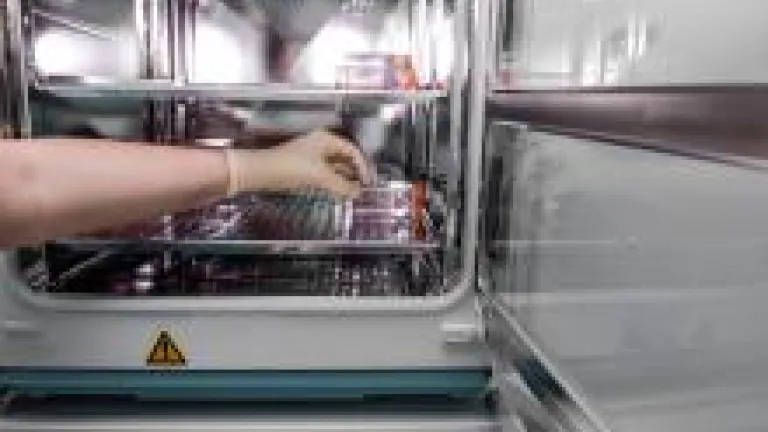
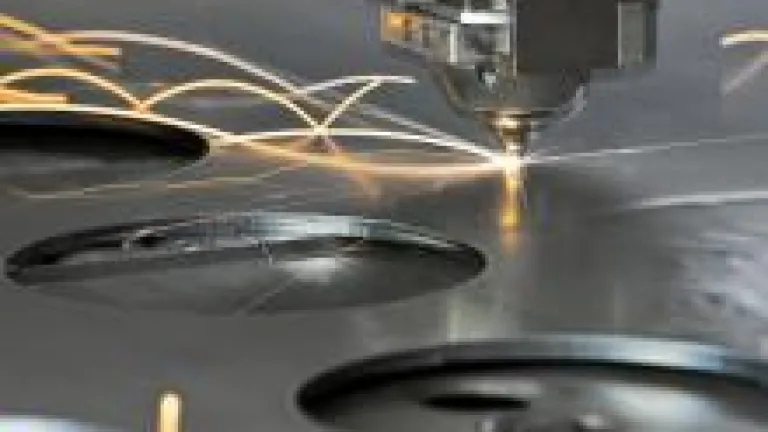
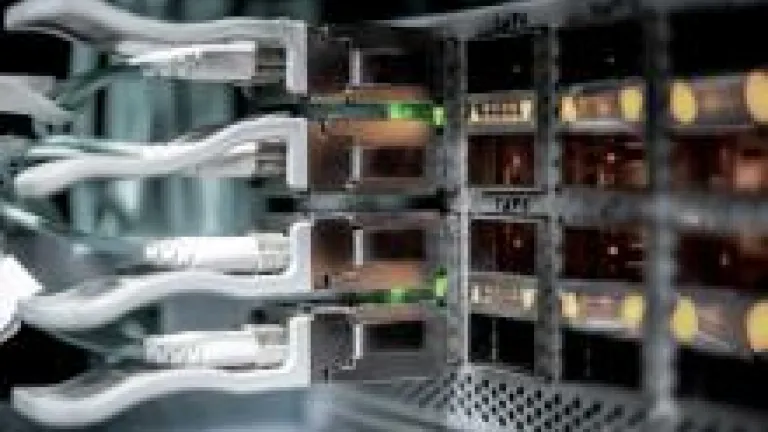
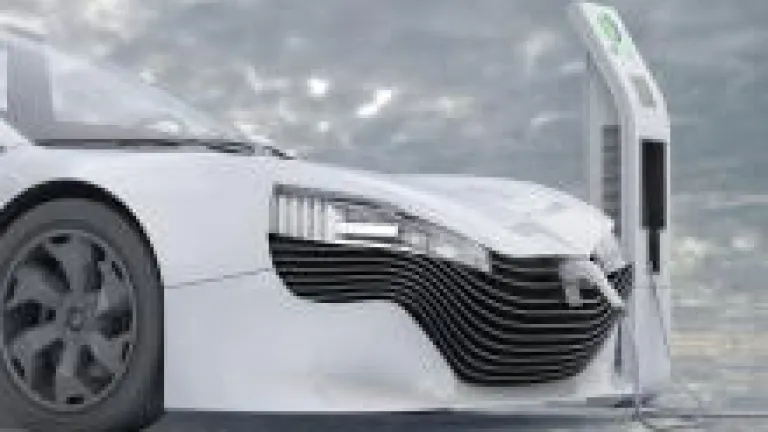

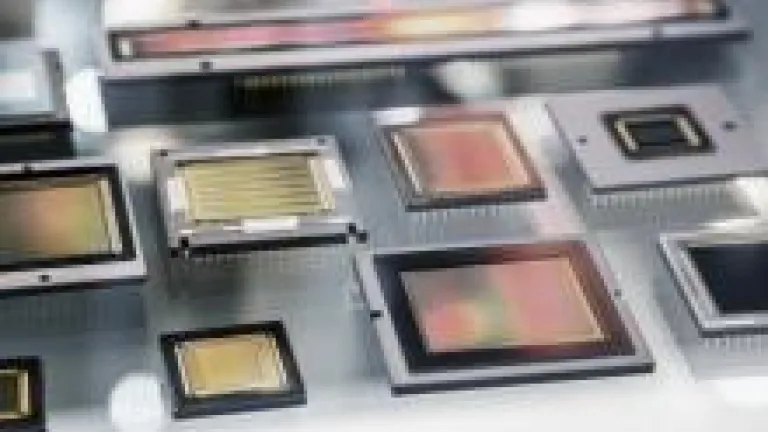
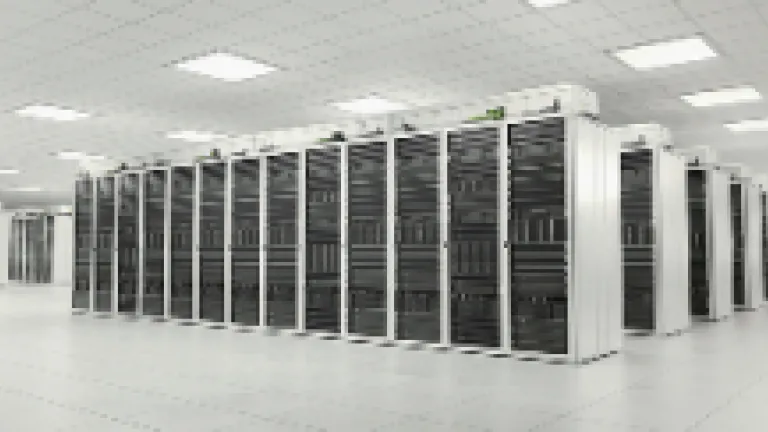
Was gibt's Neues?
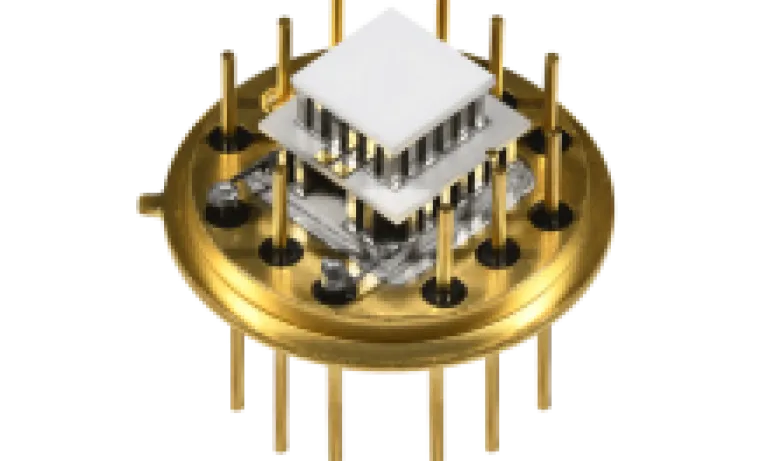
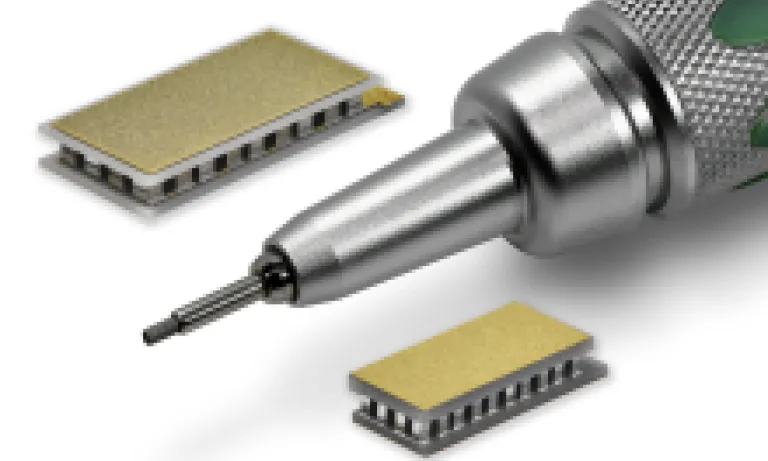
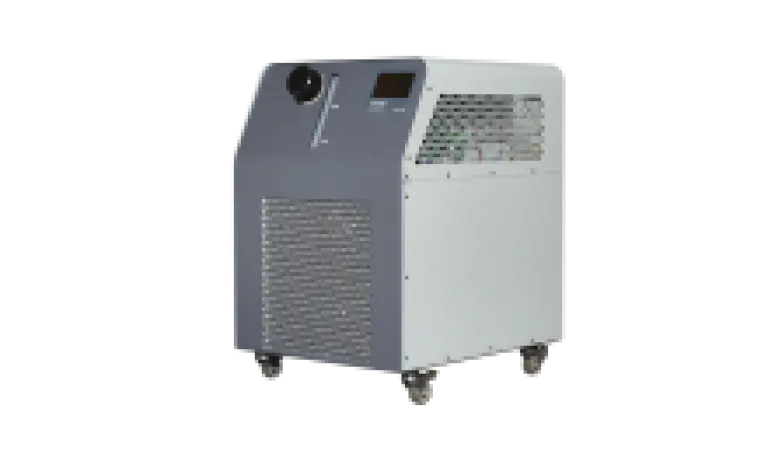
Unser Unternehmen
Wir stellen eine der vielfältigsten Produktportfolios der Branche her, die von aktiven thermoelektrischen Kühlern und Baugruppen bis hin zu Temperaturreglern, Flüssigkeitskühlsystemen und Pumpen reicht. Unsere Ingenieure verfügen über unübertroffene Fachkenntnisse im Bereich Wärmemanagement und nutzen fortschrittliche thermische Modellierungs- und Managementtechniken, um komplexe Wärme- und Temperatursteuerungsprobleme zu lösen.

Kontaktieren Sie uns
Unser Team von Spezialisten hilft Ihnen dabei, die Leistung Ihrer Produkte zu optimieren, Ausfallzeiten zu minimieren, Platz zu sparen, den Stromverbrauch zu senken und Ihre Gesamtkosten zu reduzieren.
Technischer Support benötigt?
Unsere Experten können Sie bei der Auswahl der besten Lösung für Ihre Anwendung unterstützen.
Ihr Kontakt zu uns
Wir helfen Ihnen, Ihr Produkt der nächsten Generation auf den Markt zu bringen.
Anmeldung zum Newsletter
Abonnieren Sie unseren Newsletter und erhalten Sie als Erster alle Neuigkeiten über TTS.
